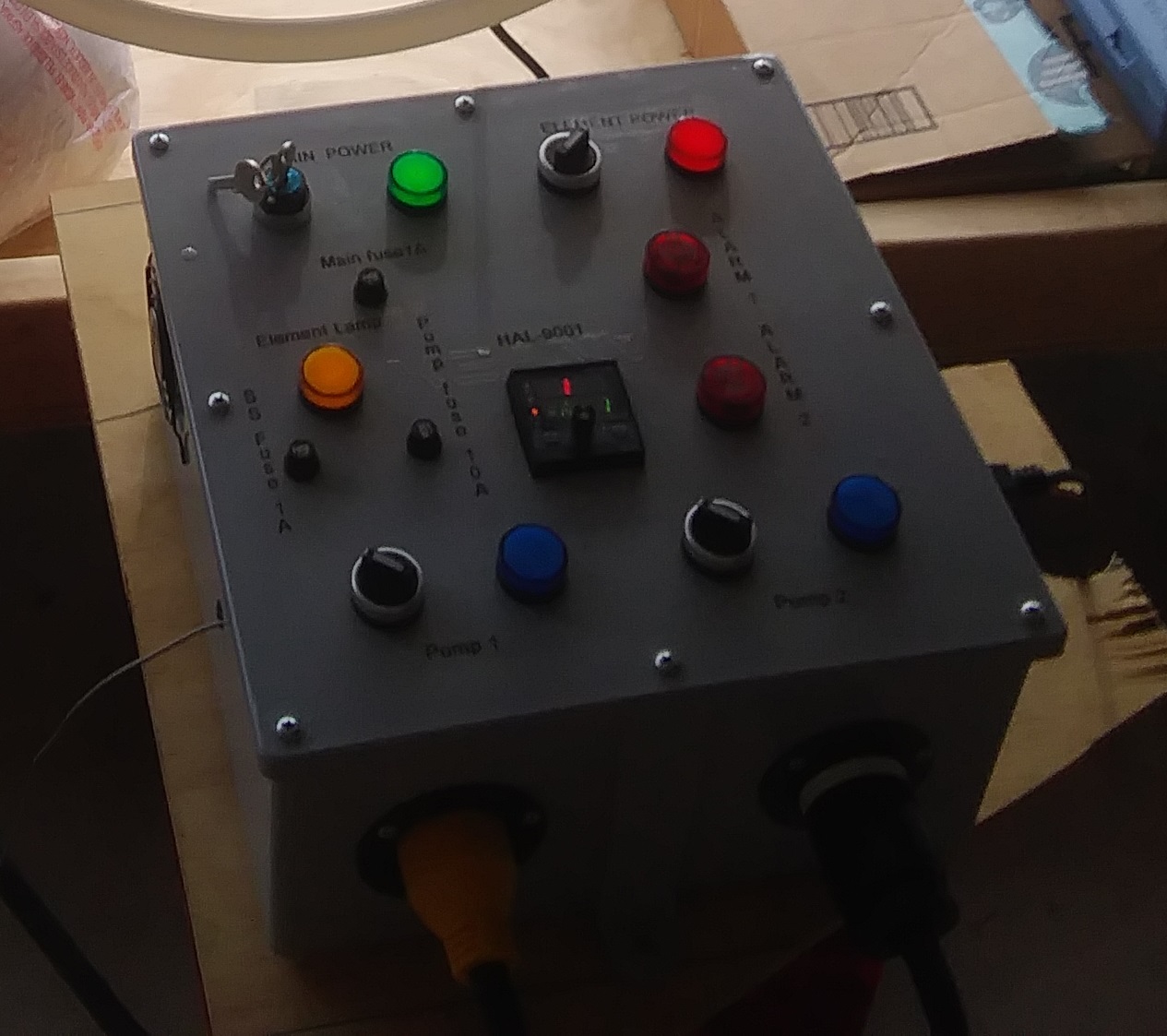Lager_Goggles
Member
It's easy to understand once you have done it. Pretty much you have a boil and a mash program. Within those you have steps.
Easy 3 step mash program - For my mash I use an initial step
Step 1 which is a target temp with 0:00 for the time. I don't want to hold that time just get there. It hits it alarm goes off. (Say 159 or something)
Immediately moves on to Step 2 - Step 2 is my mash temp with a timer. It will let the mash temp free fall till it hits my target then start the timer. (After adding grain temp will fall. Say I am mashing at 152)
Step 3 - is set to be "STOP". So when the timer runs out on 2 it goes to step 3 which is to shut down. You could program lots of things like a mash out (I do sometimes) or a maintain temp indefinite or something.
So after setting that up choose your mash program and hit RUN. Not hard after you do it a few times. Just remember pushing the dial in the middle - Short push vs Long push. Hold it down(long push) to get into program setup stuff. It all becomes 2nd nature after a few runs.
And you WILL screw it up first time like we did but the beer will still be drinkable. It always is. Just do something easy.
I have both alarms hooked up to external alarm buzzers but usually don't program them separately. I have my pumps on separate manual switches. You can put them on Relays and have the 320 control those but eh. It's not hard for me to turn my pumps off and on.

Easy 3 step mash program - For my mash I use an initial step
Step 1 which is a target temp with 0:00 for the time. I don't want to hold that time just get there. It hits it alarm goes off. (Say 159 or something)
Immediately moves on to Step 2 - Step 2 is my mash temp with a timer. It will let the mash temp free fall till it hits my target then start the timer. (After adding grain temp will fall. Say I am mashing at 152)
Step 3 - is set to be "STOP". So when the timer runs out on 2 it goes to step 3 which is to shut down. You could program lots of things like a mash out (I do sometimes) or a maintain temp indefinite or something.
So after setting that up choose your mash program and hit RUN. Not hard after you do it a few times. Just remember pushing the dial in the middle - Short push vs Long push. Hold it down(long push) to get into program setup stuff. It all becomes 2nd nature after a few runs.
And you WILL screw it up first time like we did but the beer will still be drinkable. It always is. Just do something easy.

I have both alarms hooked up to external alarm buzzers but usually don't program them separately. I have my pumps on separate manual switches. You can put them on Relays and have the 320 control those but eh. It's not hard for me to turn my pumps off and on.

Last edited:







































